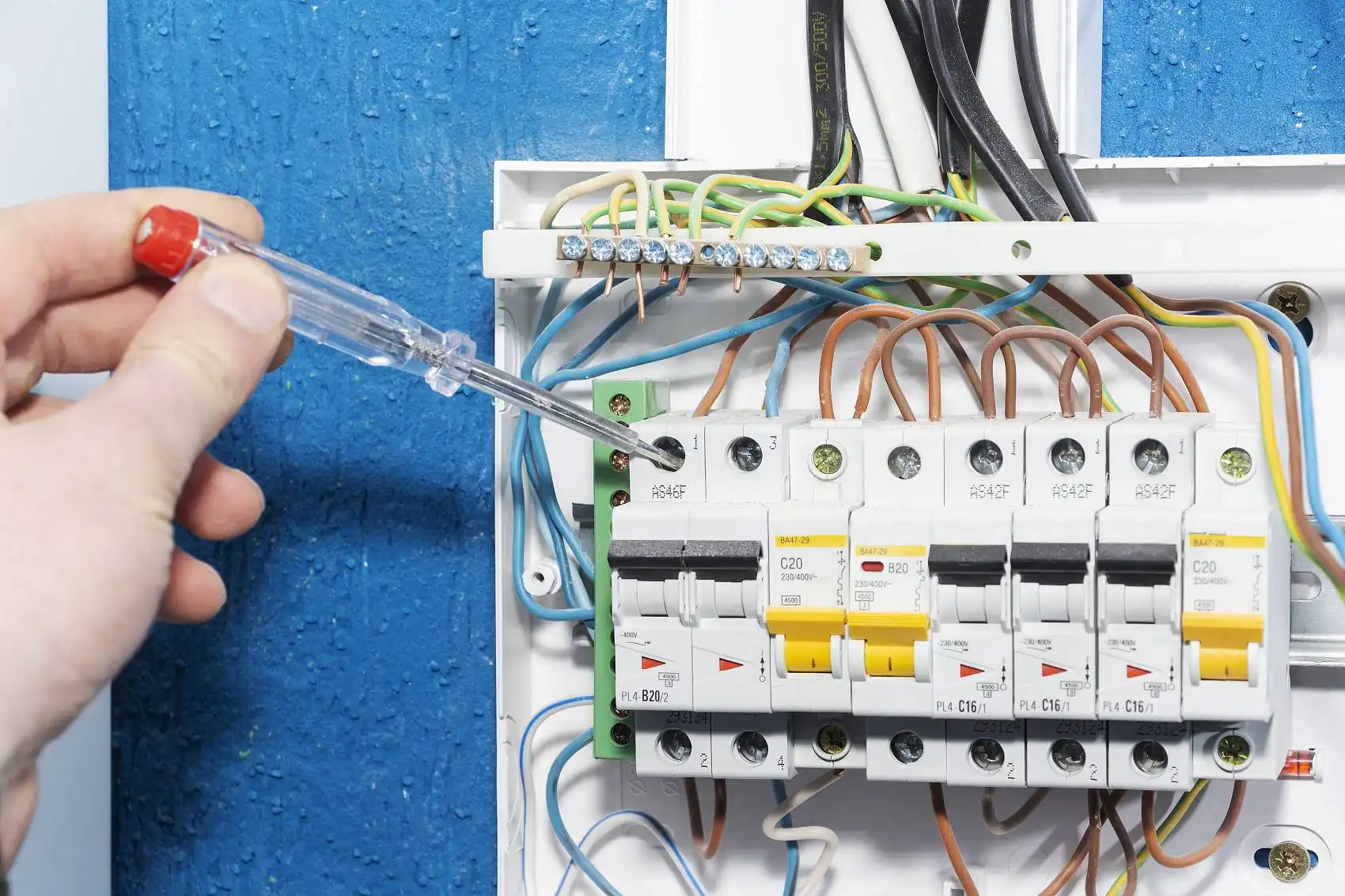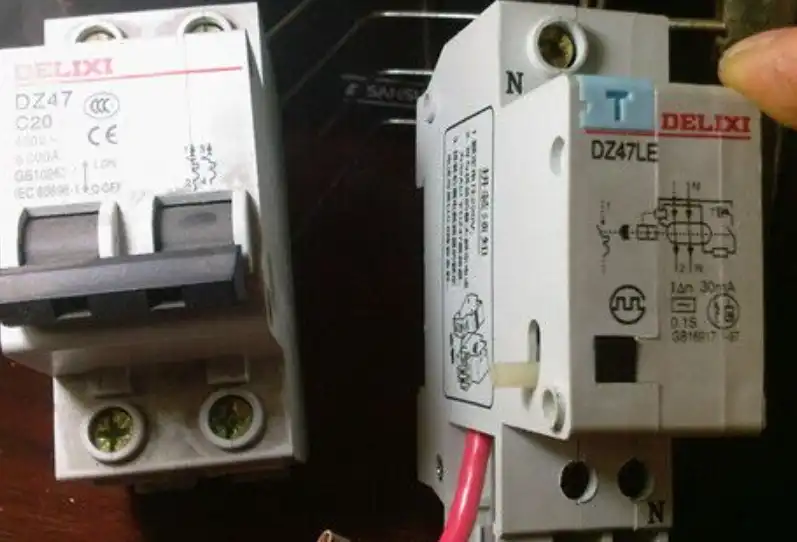Circuit breaker is a very crucial power protection device in our daily life. Its main function is to cut off the circuit and prevent electrical equipment from being damaged or caught on fire due to overload, short circuit, and other reasons. However, when the circuit breaker trips constantly, it will affect the power supply and may be a sign of circuit problems.
What causes the circuit breaker to trip repeatedly?
Below, we will summarize the latest practical experience in the electrical industry, identify five common causes of tripping, and provide corresponding solutions to help you quickly troubleshoot and ensure electrical safety.
Overload: Circuit running under overload
When a number of high-power appliances (such as air conditioners, induction cookers, and electric water heaters) are run simultaneously on a circuit, if the total current exceeds the rated capacity of the circuit breaker, the overload protection kicks in. Prolonged overload can cause wires to heat up or even catch fire
Solution measures
- Reduce load: Turn off non essential appliances and distribute the usage period of high-power equipment.
- Upgrade circuit: Replace the circuit breaker with a higher rated current, such as upgrading from 16A to 25A, and ensure that the wire diameter matches.
- Check wiring: Tighten loose wiring terminals to avoid poor contact and increased resistance
Short circuit: Direct contact between neutral and live wires
A short circuit may be caused by damage to the insulation layer of the wire, burnt plugs, or internal faults of the electrical appliance, resulting in an instantaneous high current (up to thousands of amperes) that immediately trips the circuit breaker
Solution measures
- Step by step detection: After all the plugs have been pulled out, try to shut them. If they still trigger, then it is a short circuit in the circuit; If everything is fine, plug the electrical appliances back one by one to test
- Repair measures:Replace damaged sockets or frayed wires (be sure to watch for the problem of exposed burrs on old flexible cords). Inspect electrical appliances for internal short circuits with a multimeter
Leakage: Abnormal loss of current
After the leakage protector (with reset button) trips, the button pops up, and there may be a risk of electric shock
Solution steps
- Identify the source of the leakage:Disconnect all electrical appliances and if they still trip, this is due to circuit leakage (which is commonly common in areas prone to moisture or insulation break down).
Test the insulation resistance of the circuit with a leakage detector. If it is less than 0.5M Ω, replace the wire - Equipment maintenance: Whether the electrical grounding wire is intact (e.g., poor grounding of the outdoor unit of the air conditioner, which can easily cause leakage)

Voltage abnormality: undervoltage and overvoltage
Under voltage trip: When the voltage is below 180V, the electrical appliance cannot work normally
Overvoltage tripping: When the voltage exceeds 250V, electronic components may be burned out
Overvoltage tripping: When the voltage exceeds 250V, electronic components may be burned out
Solution
- Install under voltage protector (UVP) to automatically cut off abnormal voltage circuits.
- Using a voltage regulator to cope with grid fluctuations (recommended power to be 20% higher than total load)
Circuit breaker malfunction itself
Aging of mechanical components
Damage to electronic components
Contact oxidation leads to poor contact
Damage to electronic components
Contact oxidation leads to poor contact
Testing and replacement
- No load test: Remove the circuit breaker output terminal. If it still cannot be closed, it needs to be replaced.
- Model matching: Select products of the same brand and specifications (such as C-type curve household, D-type motor specific)
Summarize
People need to understand the reasons for frequent tripping of circuit breakers and their solutions to ensure electrical safety in homes and workplaces.
Circuit overload, short circuit, and electrical faults are all reasons for circuit breaker tripping. Therefore, it is necessary to regularly check the circuit, maintain the normal working conditions of the electrical appliances, and solve problems at the correct time to avoid frequent tripping of the circuit breaker.
Here are some information that you may have just been interested in:
Common troubleshooting of molded case circuit breakers
Analysis of 7 Major Causes of Circuit Breaker Damage
Analysis of the cause of air conditioning circuit breaker tripping



